Suggested for You, the third exhibition curated and organized by localhost, is hosted on the video game platform Minecraft—a game devoted to crafting, building, and rebuilding. The game, which allows users to create entire virtual worlds, transmits the gallery experience and the work contained within using a computer rendered gallery space with white walls, cement flooring, and even a front desk. One navigates the game space from a first-person perspective, using the keyboard and mouse to direct the camera and movement of the player character’s avatar.
Though existing entirely online, Suggested for You was also exhibited in April in Gallery South, a student-run gallery at Lesley University which provided visitors with a computer and projector to view the work. Despite its recent de-installation in the physical gallery, it is still available to view on localhost’s server.
The driving force behind localhost is Drew Nikonowicz. Nikonowicz works in photography and digital renderings to address methods of exploring and transmitting experience. In 2016, he conceived of localhost, a non-profit digital exhibiting platform. The name is derived from a computer networking term in which other computer users connect to a central host. Using localhost to exhibit on the most eminent of contemporary media—the internet—he endeavors to confront issues of urgent contemporary import.
Accessibility lies at the center of localhost’s mission. Save for the cost of an internet connection and a copy of the game, the gallery is free to access, with exhibitions free to download and view at one’s leisure. Indeed, even the exhibitions can be saved and reloaded, eschewing issues of ephemerality and physical degradation. These benefits extend to artists as well. A computer domain reduces the cost of materials, expands potential gallery real estate, and loosens physical limitations on design and execution.
Suggested for You grew out of the desire by members of Gallery South to have a show curated by Nikonowicz to display specifically in localhost. Addressing issues of media saturation and digitally delivered and reproduced images, the collected artists, seven in total, submitted works speaking to digitally altered experiences.
These exhibited computer-induced transmissions have the capability to radically shift one’s ideals of beauty and desensitize an audience to gut-wrenching acts of violence. Seeing an earnest project that seeks not to display bloody dismemberment and the reification of the male gaze—a sadly enduring hallmark of the gaming industry—is refreshing. Despite the deplorable and rampant misogynist leanings of gaming subculture, the technologies house beautiful potential for the arts.
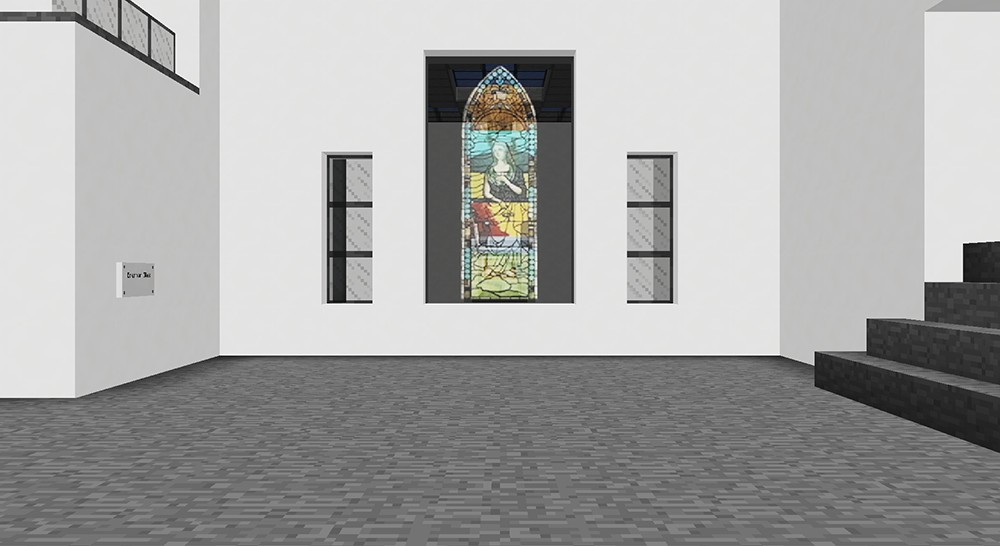
Screenshot of Brennan Giles artwork, courtesy of Drew Niconowicz
A work by Brennan Giles comes to mind. A pixelated stained-glass window shifts and shimmers like a sliding puzzle, joining and disjoining an angelic figure. Embedded into a dividing wall, the work affords a view into adjacent chambers, fostering curiosity and an explorational urge. On the same floor, down a darkened corridor, one encounters Rigby Kelly’s ceiling-high cube, swathed in a layered collage of ferns and fog.
The photography similarly highlights disjunctures found in digital spaces. A photograph by Molly O’Donnell features a nude figure holding a smartphone as if looking into a compact mirror. A wide ripple of blue erupts between her hands and her torso, obscuring her features and parsing her body.
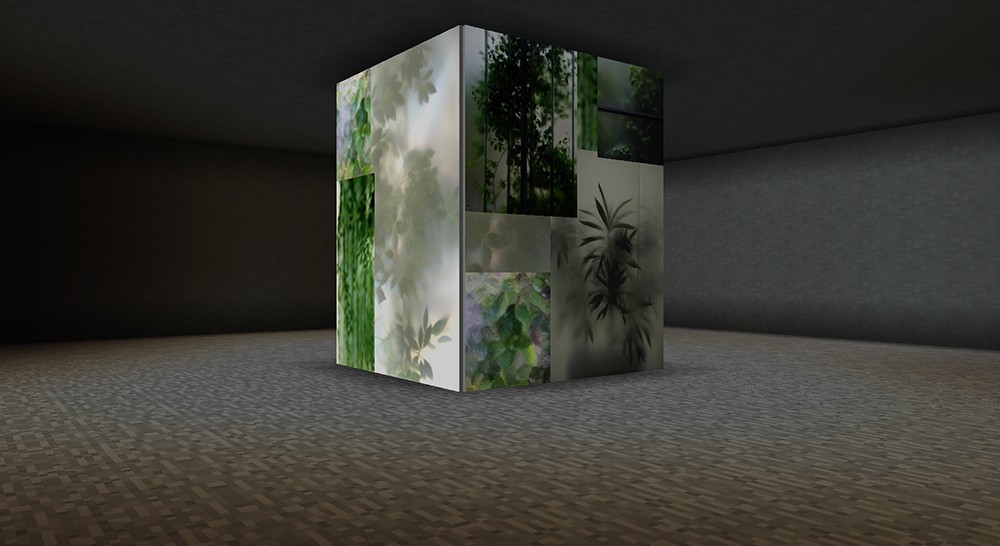
Screenshot courtesy of Drew Niconowicz
Other artists in the show use the landscape to explore a similar separation. Cameron Grant’s work takes landscape scenes—a white gallery space and a football field—and folds them, creating faceted images. Rafaela Acera Pinzon’s photographs of youths in a tropical spring are taken from oblique angles, abstracting the bathers and their milieu. John Dalterio created shifting gifs of a rooftop engulfed by stormy skies and a lonesome windowsill against a bright white ground.
A whispering, disembodied mouth produced by Bella Steele is an apt pairing for this jarring teleportation. It hangs on a darkened wall, across from another short video of a figure languidly shifting in their slumber. Suddenly one is aware of their digital body and the mystery of the transition.
The most striking thing that localhost does utilizes its virtual architecture in a way that no conventional gallery could accomplish. As one’s avatar is piloted through galleries, a curious transition unfolds. When passing through a particular corridor, an illusion of impossible space manifests; one moment, you are on the first floor, and suddenly you are transported upstairs, in front of McDonnell’s and Grant’s work.
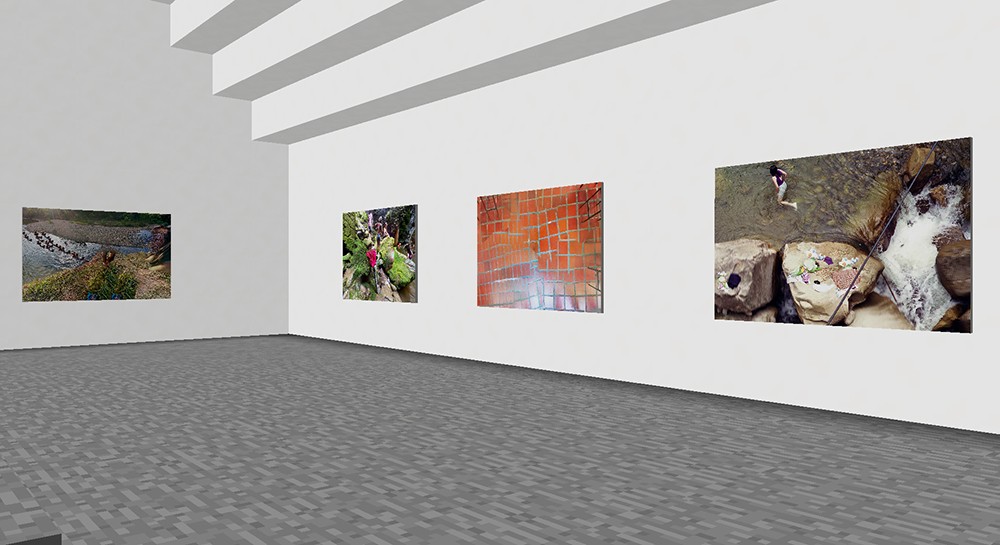
Screenshot courtesy of Drew Niconowicz
How far Nikonowicz and his collaborators choose to advance this project remains to be seen. Minecraft, after all, is a game where solely one’s ambitions shape the outcome. One could spend hours collecting different stones or spend days building a functional rollercoaster.
Localhost is meant to create a new experience. Using Minecraft as an arena opens up a road that can diverge from brick-and-mortar gallery mainstays, which can be stifling and exclusive. Capitalizing on the advantages that physical impossibility can offer—floating buildings, labyrinthian architecture, seismically monumental works—localhost can offer a whole new way of observing and absorbing artwork.

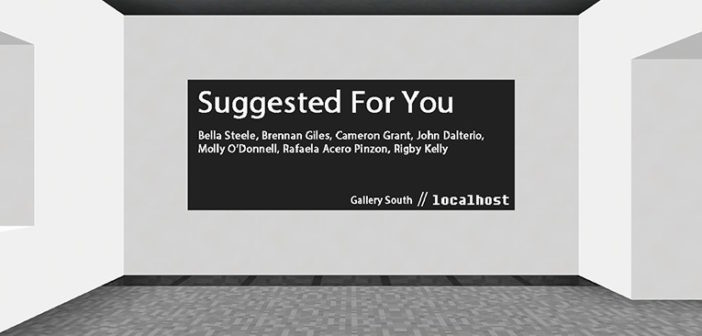
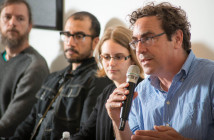
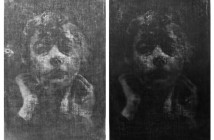
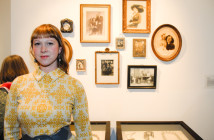
1 Comment
Cool stuff from cool artists